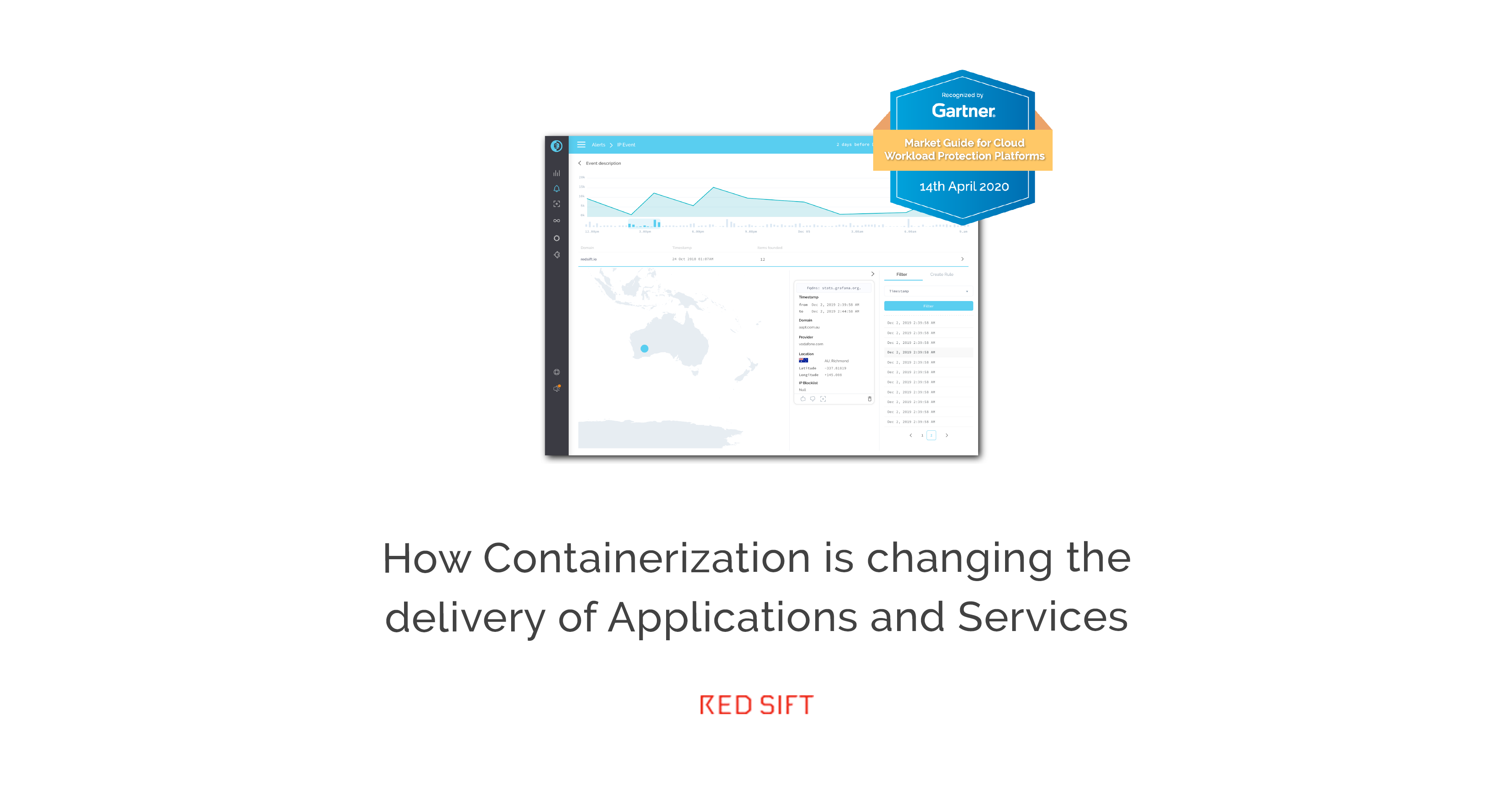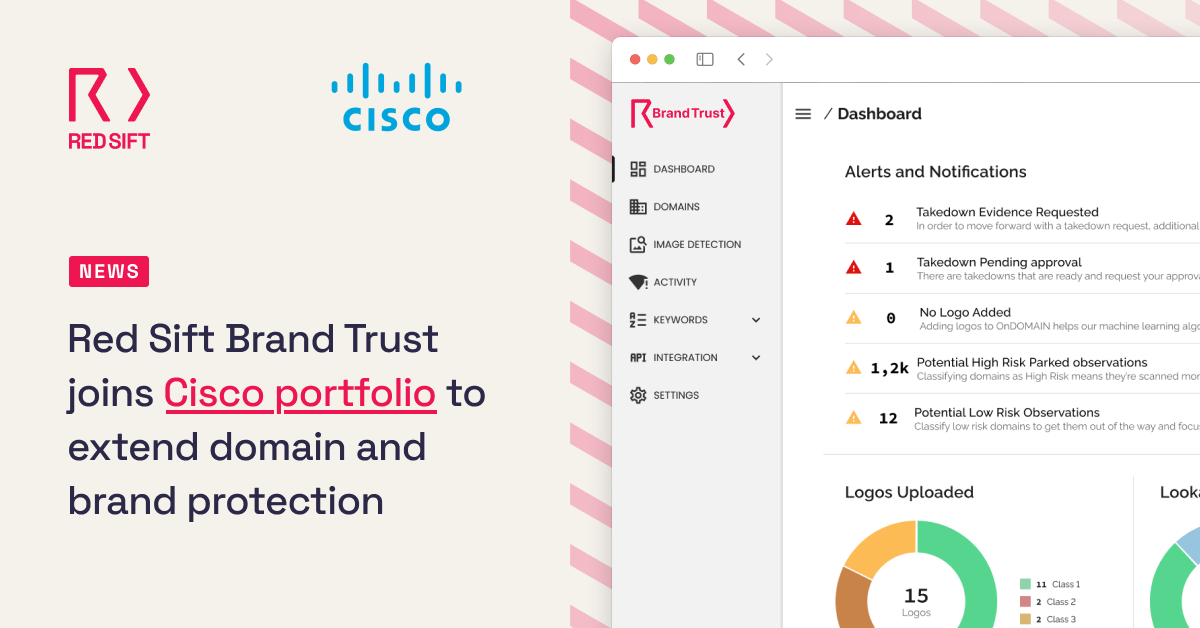There is never a dull day in the world of IT.
The nature of technology is to bring innovations that can make our lives easier. Whether it be connecting with friends and family, tracking and tracing infections or developing a vaccine in record time, combined with the outbreak of Covid-19, we now rely on technological solutions more than ever to maintain some sort of normalcy within our lives.
As our worlds have become increasingly isolated, we are using technology to remain connected. Businesses have sped up their digitalization journey, reviewed their remote working policies and are ensuring that employees are able to access data and work systems at any time and from any location. Being able to provide a digital experience as close to in-person as possible is key to various industries today, particularly consumer-facing industries like retail. However, these rapid technological changes present potential risks for businesses, and the way in which we create, operationalize and deliver new products and services to clients must be considered carefully.
New technology requires new software development methodologies
Back in the 2000s we heard about AGILE software development framework where a client’s perception of the end solution was at the forefront of the development process. Developer teams planned to become more adaptable to consumer requirements and apply necessary changes as soon as they were needed. Nearly a decade later, we began to understand that in order to be agile and deliver services and applications quickly to end users, we would first need to combine two traditionally siloed teams together and thus DevOps was born.

The idea behind DevOps is to automate the process of developing new software so that teams can build, test and release code quickly, whilst retaining a high degree of reliability. The combination of both teams allows organizations to become more responsive to ever-changing customer requirements, whilst being able to deliver services in a timely manner. To help DevOps deliver this framework, they needed specific tools which would enable them to release both code and updates quickly.
Enter Containerization….
The era of containerization began in 2013 when Docker released the first version of their management system that made containerization easy and scalable for developer teams. Containers are essentially packages of code that can be isolated from each other in the same OS. It virtualizes at an OS-level, rather than using traditional hardware resources. This makes containerization a lightweight way to virtualize since you can run several containers within the same OS Kernel, improving the efficiency of your tooling. Containerized environments also allow the DevOps team to create fully scalable applications which can be run on various platforms and in differing locations, whilst delivering features and improvements to end users faster and more reliably.

At the beginning of this article, we were talking about how the nature of technology is to make our lives easier, better, and more connected. Not only do we need agility to bring new products, applications, and services, but we also need to ensure that those are secure, as we have vast amounts of data available anywhere at all times.
DevSecOps is shifting the thought of security to the left in the software development lifecycle. In the same way that we combined Development and IT operations teams to roll out code/software faster and more reliably, we are looking to bring security to the beginning of that process. By embedding security and compliance into the DevOps workflow, we are ensuring that once a code/software is ready to be published into production, it is secure. This allows for much faster software releases than ever before, as security would not be an afterthought.
A new data monitoring agent

Here at Red Sift we have developed a data monitoring agent called InGRAIN. InGRAIN detects changes within your container environment, alerts your DevOps teams and provides enriched intelligence to your data to help automate incident response and lower the pressure on the security team. This technology then not only identifies data anomalies within the container environment but provides actionable steps, allowing your Security teams to be confident that any software developments are secure once published into production.
Learn more about Red Sift and what we do here.







